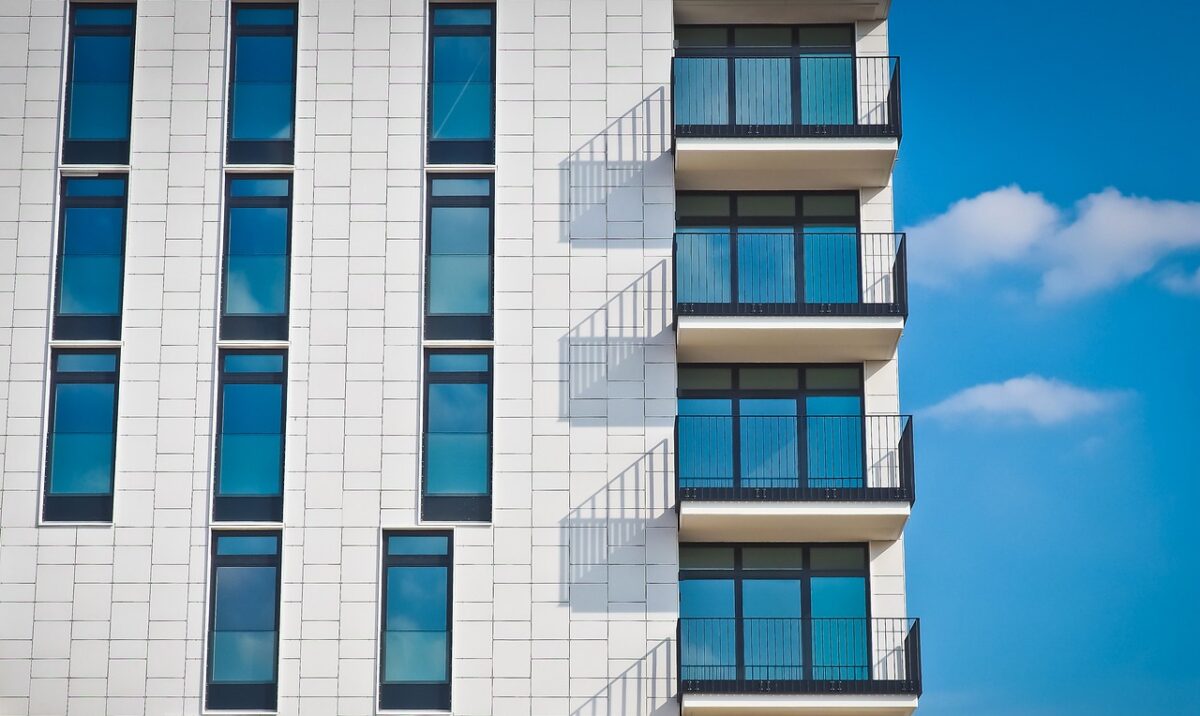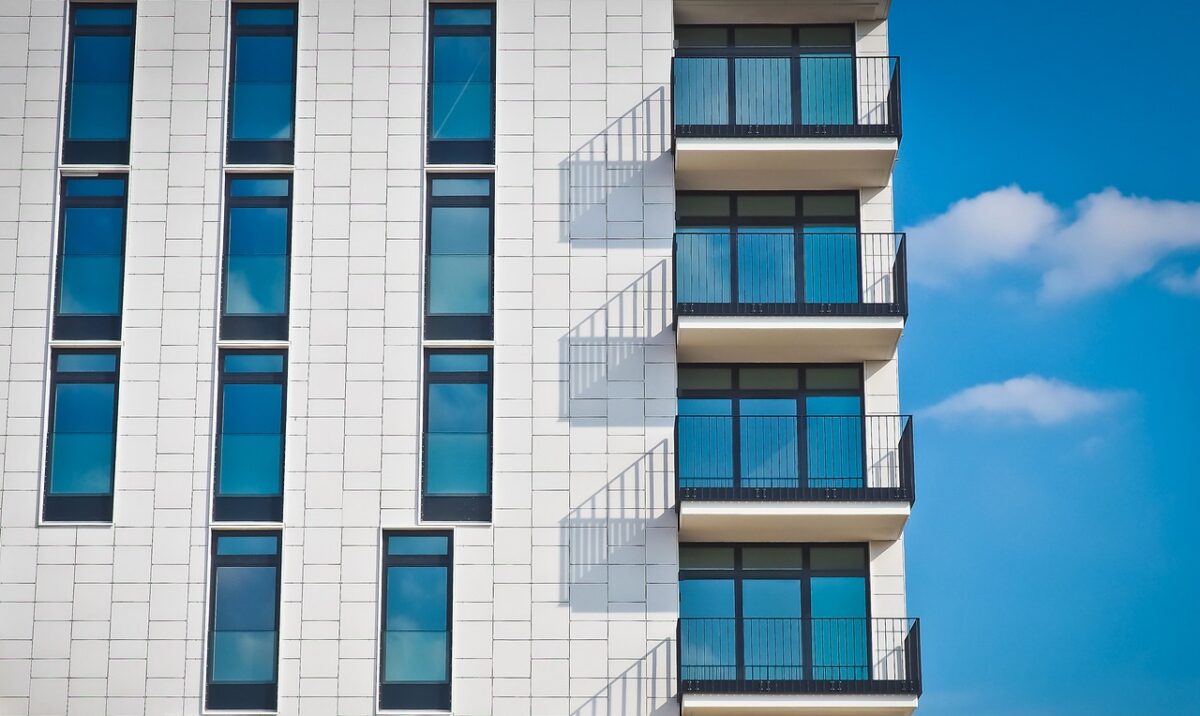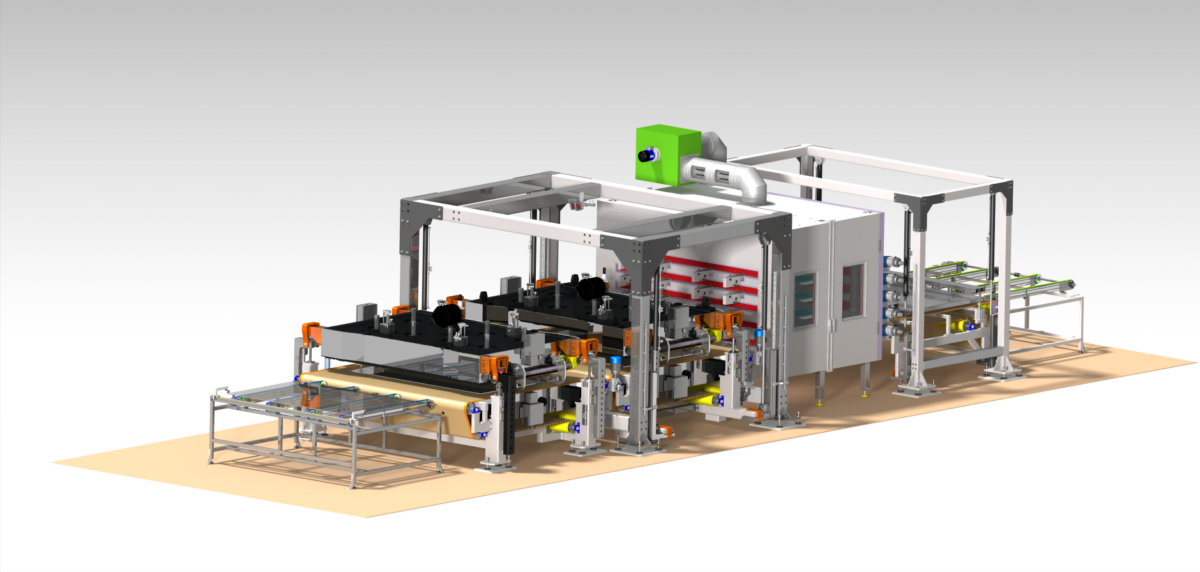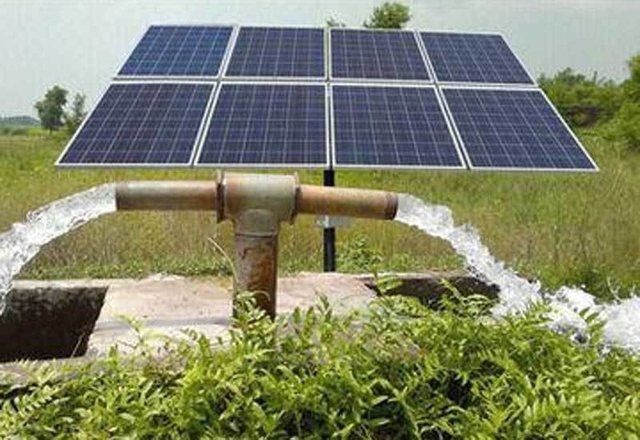https://pv-magazine-usa.com/2023/07/26/to-achieve-net-zero-energy-status-solar-powered-buildings-should-not-exceed-10-floors/
To achieve net zero energy status, solar-powered buildings should not exceed 10 floors

Image: 652234, Pixabay
From pv magazine global
Buildings powered by solar energy should not exceed 10 floors in height if they have to achieve a net-zero energy performance.
This is the main conclusion of a study by researchers from the University of Toronto, investigating the technical feasibility of solar-powered high-rise nearly zero-energy buildings (NZEBs), specifically residential and commercial buildings that have very low primary energy requirements that are to be met to a significant extent by renewable sources.
In such buildings, the total sum of annual energy use is approximately equal to the total sum of the renewable energy produced on-site. “Net-zero energy performance in all-electric buildings will offset the emissions associated with any energy drawn from the electricity grid and hence achieve net-zero emission status,” stated the Canadian researchers.
The scientists pointed out that most net-zero energy buildings are either single-family homes or low-rise buildings, noting the difficulty of high-rise buildings in achieving NZEB status, due to their large floor area-to-surface ratio, which reduces the space available to deploy solar energy systems. “In a survey of 32 nearly zero energy buildings in Europe, only 4 had five or more stories, with the tallest one having seven stories,” they reported.
The group conducted its analysis by using as a main parameter the maximum energy use intensity (EUI), which is calculated in kWh/m2. They investigated different solar system configurations, including both the PV and photovoltaic-thermal (PVT) technologies, evaluating various geographical areas and building geometries.
For their assessment, the academics assumed a 40-floor building with a 40 m2 × 40 m2 floor area, a 3.8 m ceiling height, and a window-to-wall ratio of 50% on all the walls. “To cover a wide range of locations, climates, and solar potentials, 16 metropolises in North America are studied,” they explained, noting that they considered both PV and PVT collectors under two different scenarios.
In the first scenario, the whole roof area is covered with PV systems and all the walls are equipped with building-integrated photovoltaic (BIPV) panels. In the second one, all the available areas on the roof and walls are covered with PVT panels. “This study assumes that all the available areas on the roof and the walls, including the north-facing wall, are covered with PV or PVT panels,” the scientists specified, adding that their analysis also does not consider the shadow coming from the urban environment. “This assumption can be impracticable in many cases, especially for the roof, as other systems in a building, for example HVAC, require some of the available areas.”
The analysis showed that, under the first scenario, the maximum EUI permitted for net-zero energy performance ranges from 16.5 kWh/m2 to 24.2 kWh/m2. In the second scenario, the EUI is between 18.6 kWh/m2 and 27.8 kWh/m2. “Switching from PV to PVT collectors improves the EUI by 8 to 44% due to PVT being significantly more efficient,” the academics said. “Changing the building’s orientation to a non-square floor shape improves the EUI by up to 52% in PV and 63% in PVT scenario.”
They concluded that, in order to become NZEBs, buildings should not exceed an EUI of 50 kWh/m2a, which they said corresponds to a maximum of 10 floors. “Conversely, if an energy intensity reduction to only 75 kWh/m2a can be achieved, the building height should be limited to 5–6 floors if it is to be NZEB,” they added.
Their findings can be found in the paper “Feasibility of achieving net-zero energy performance in high-rise buildings using solar energy,” which was recently published in Energy and Built Environment.
This content is protected by copyright and may not be reused. If you want to cooperate with us and would like to reuse some of our content, please contact: editors@pv-magazine.com.




